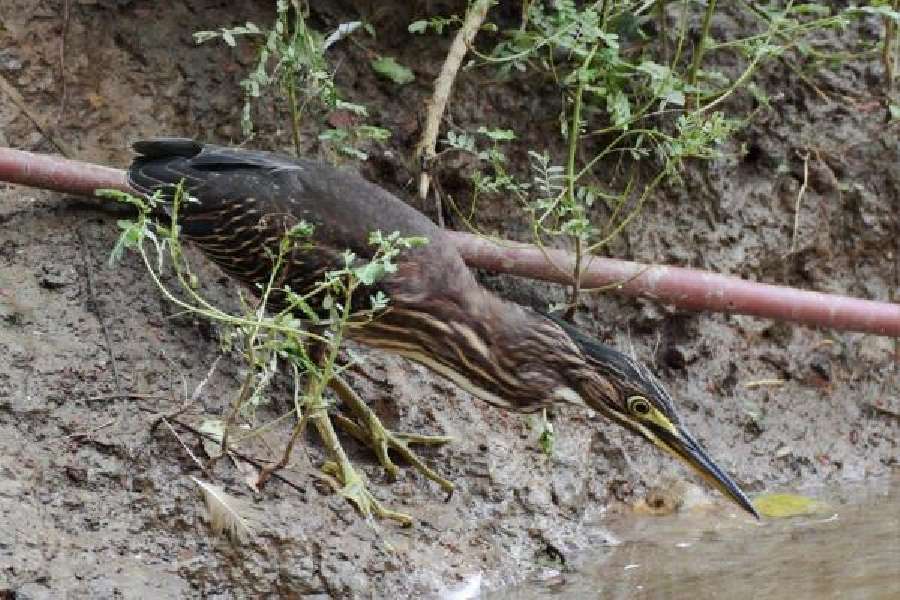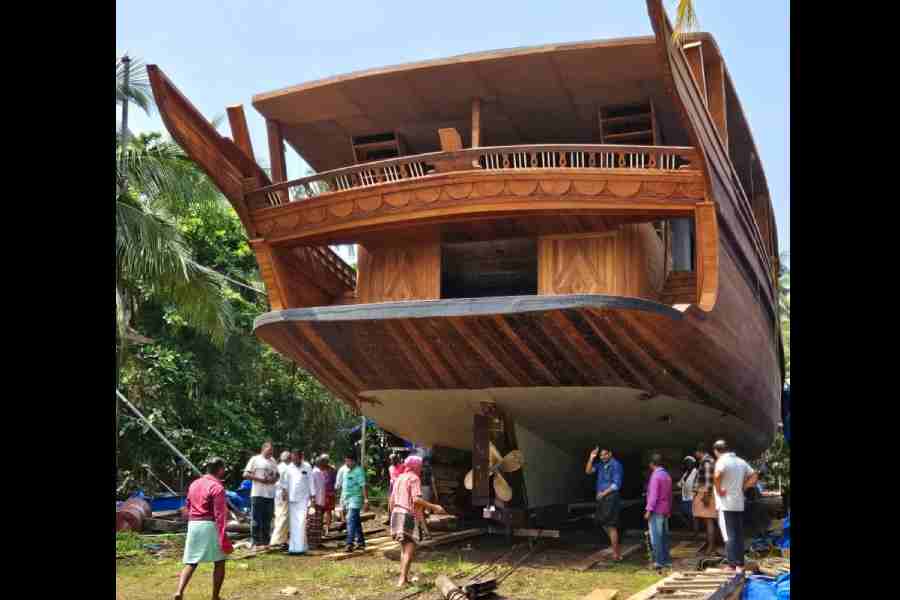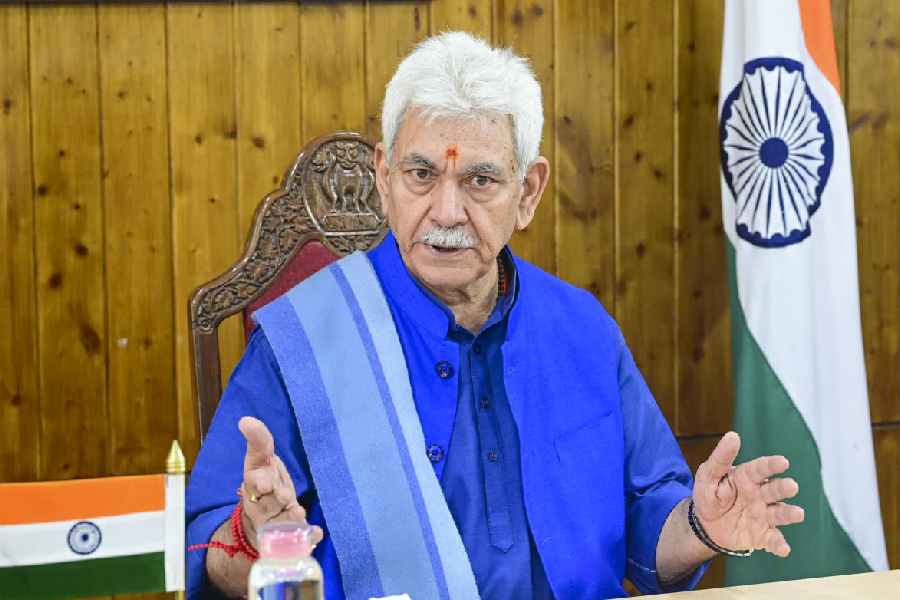It is a mini biodiversity spot in the middle of Tangra, a bustling concrete and occasionally marshy zone in the city’s eastern part.
The road winds through derelict tanneries, eateries and tall and shiny real estate projects to arrive at a gated community on Christopher Road that guards nature’s secrets.
Grey and white wagtails, white-breasted water hen, and striated herons pick the mud and look for food in the two water bodies that the G25 towers of Flora Fountain have thankfully spared.
Nearby are the Chinese cemeteries that provide the natural habitat for these migratory birds that make pitstops here on their outbound journey.
A purple sunbird flits around seeking nectar from the Rangan flowers in the compound of the storied complex.
Besides there are black hooded orioles, magpie robins, red-whiskered bulbul, white-breasted kingfisher, pond heron, white-breasted water hen, black kites, night heron, tailor birds and coppersmith barbet that have been spotted.
“In the mornings, we are greeted by the call of the birds. As the day wears on, the birds, insects, fish, and water snakes all come out and thrive in this tiny green spot,” said Batul Pipewala, a resident of Flora Fountain.
Another resident throws a bagful of puffed rice in the lake’s waters to feed the fish.
The housing complex has two water bodies spread over 8,000 square feet which had existed before the project came up.
There is also 6,479 square feet of deck area. Abundant fishlings in the deck area feed the birds and the snakes. “It’s an entire ecosystem thriving here,” said Pipewala, who walks through the compound keeping a keen eye out for any new visiting species.
“We have the sundari tree here. It was growing here when we came and we have let it thrive,” said Pipewala.
The compound provides a natural habitat for the birds and the animals. Trees like the jamun, rudra palash, kadam and champa provide shade and a roosting place. Winter visitors like the brown shrike, and white and grey wagtails have been spotted.
“An orange-headed thrush got trapped on the 19th floor of our building. It was released into its natural habitat at the Safari Park at Rabindra Sarobar,” said Pipewala.
According to her, a striated heron has been visiting the pond for nearly a month. Grey wagtail and the white wagtail come every winter.
Brown shrike and stork billed kingfisher, crow pheasant have also been sighted and documented at ebirds, a site for bird watchers where sightings are documented.
Bird watcher Sujan Chatterjee, who visited the spot, said: “Migratory birds look for feeding areas. These are the small stops they make on their onward journey. So amidst the concrete, if they find a natural habitat they stop.”









